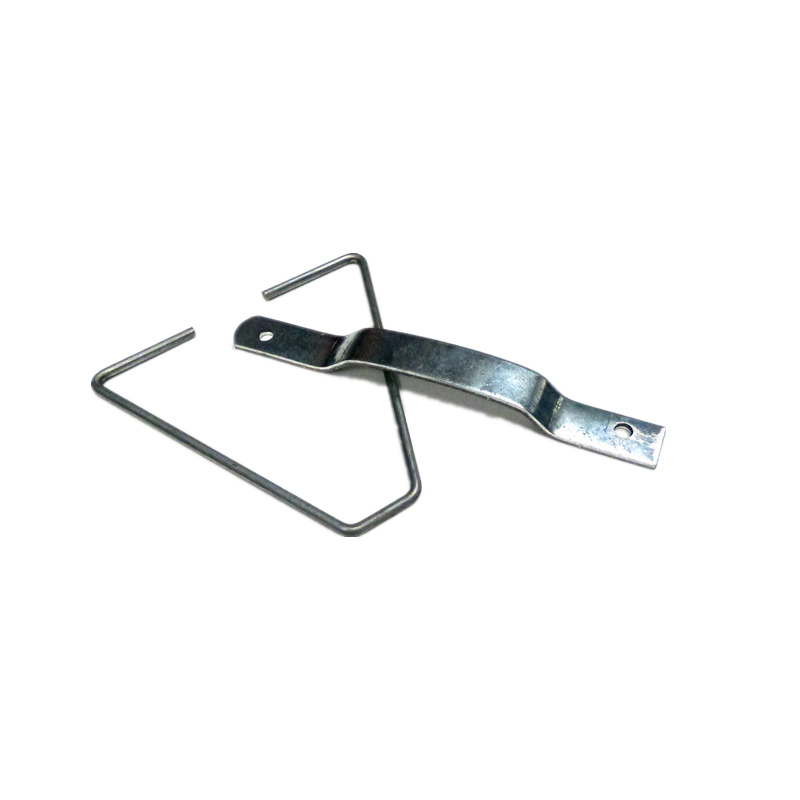
- Mobile Phone
- +8613931874955
- sales@cntcmetal.com
Estimating Expenses for Cattle Fencing Installation and Maintenance
Understanding Cattle Fencing Costs A Comprehensive Guide
When it comes to managing a successful cattle farm, one of the most crucial investments you can make is in fencing. Cattle fencing not only keeps your livestock safe but also protects your crops and property from damage. However, many farmers often wonder about the costs associated with cattle fencing. In this article, we will explore various factors influencing cattle fencing costs and provide insights to help you make informed decisions.
Types of Cattle Fencing
1. Barbed Wire Fencing This is one of the most common types of fencing used in cattle farming. It consists of several strands of wire with barbs spaced along the length. Barbed wire is relatively inexpensive and provides decent security against straying cattle. The average cost for materials can range from $1 to $3 per linear foot, depending on the quality of the wire.
2. Electric Fencing Electric fencing has gained popularity due to its effectiveness and relatively low cost. It consists of electrified wires that deliver a mild shock to deter cattle from breaching the fence. The installation can cost between $0.50 to $2 per foot, but keep in mind that you will also need a power source and regular maintenance, which can add to overall costs.
3. Wooden Fencing Wooden posts topped with wire or wooden boards offer a more aesthetically pleasing option. However, they are also the most expensive, with costs ranging from $4 to $12 per linear foot. Maintenance can also become a factor, as wood can rot or decay over time.
4. Vinyl Fencing Though less common for cattle, vinyl fencing is durable and requires minimal maintenance. The initial investment can be significant, ranging from $15 to $25 per linear foot, making it a less viable option for many cattle ranchers.
Factors Affecting Cattle Fencing Costs
1. Length of the Fence The most obvious factor affecting cost is the total length of fencing you require. It’s important to measure your lot accurately to avoid costly overestimations.
cattle fencing cost

2. Terrain The type of terrain where the fencing will be installed can significantly influence costs. Rocky or uneven ground can make installation more complicated and time-consuming, potentially increasing labor costs.
3. Labor Costs If you choose to hire professionals for the installation, labor costs can vary widely depending on your location, the complexity of the job, and the contractor's experience.
4. Materials Quality The quality of materials you select will impact the overall cost. For example, high-tensile wire is more expensive upfront but can offer better longevity and reduced maintenance costs over time.
5. Permits and Regulations Depending on your local regulations, you may need permits before constructing a fence. These costs can vary by municipality and should not be overlooked when budgeting.
Additional Considerations
While installing a fence might seem straightforward, it's essential to plan carefully. Think about your herd's specific needs; for instance, how many pastures do you want, and will you need gates for moving cattle in and out? Additionally, consider future expansion; it might be more cost-effective to invest in a more robust fencing solution now than to replace it in a few years.
Also, don’t forget about regular maintenance. Whether it’s repairing a broken wire, checking the battery in an electric fence, or replacing rotting posts in wooden fencing, regular upkeep is crucial to ensure the long-term efficiency of your investment.
Conclusion
In summary, understanding the costs of cattle fencing can empower you to make better decisions for your farm. By evaluating the types of fencing, the various factors influencing costs, and the importance of ongoing maintenance, you can find a solution that suits both your budget and your cattle's needs. A well-constructed fence will not only protect your investment in livestock but also improve your farming operation’s overall efficiency. Regardless of the type of fencing you choose, investing time and resources into proper installation and maintenance will pay off manifold in the years to come.
share:
-
Why Sacrificial Formwork Is Redefining Underground ConstructionNewsJun.06,2025
-
The Structural Dynamics of Modern Concrete: How Snake Spacers Revolutionize Flexible ReinforcementNewsJun.06,2025
-
Snake Spacers Smart-Lock Concrete Reinforcement with Surgical PrecisionNewsJun.06,2025
-
Snake Spacers: Reinforcement Precision for Modern Concrete ProjectsNewsJun.06,2025
-
Snake Spacers Powering Concrete's Structural DNANewsJun.06,2025
-
Slither into Success: Snake Spacers' Precision Bite for Unbreakable ReinforcementNewsJun.06,2025
-
Sacrificial Formwork: Building Stronger, Faster, and Safer StructuresNewsJun.06,2025



















